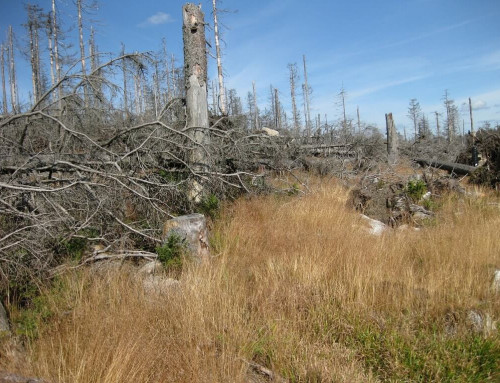
Air pollution results in increased incidences of acid rain. Image credit airbetter.org
ZIMSEC O Level Geography Notes: People and weathering
How humans influence weather?
- Human activities such as industrialisation and driving of cars produce emissions such as sulphur dioxide,nitric oxide and carbon dioxide leading to increased incidences of acid rain which in turn accelerates chemical weathering processes such as carbonation.
- These industries sometimes dump acidic chemicals into drains and rivers leading to chemical weathering.
- Deforestation increases runoff and reduces the moisture retention of certain areas leading to a decrease in biological and chemical weathering and an increase in mechanical weathering.
- Humans are also indirectily affecting weathering through the process of global warming. The effects depend on the ensuing climatic conditions in each given area.
- Plating of trees can lead to increased chemical weathering.
- Blasting and mining operations can lead to seismic movements that can create fractures that can be exploited by weathering processes such as freeze and thaw and crystallization thus aiding weathering.
Benefits of weathering to people.
- Creates tourist attractions for example the balancing rocks in Epworth draw regular crowds bringing in much needed income to the community dwellers.
- It produces soil which is essential for agricultural activities, biodiversity and development of vegetation.
To access more topics go to the Geography Notes page.



